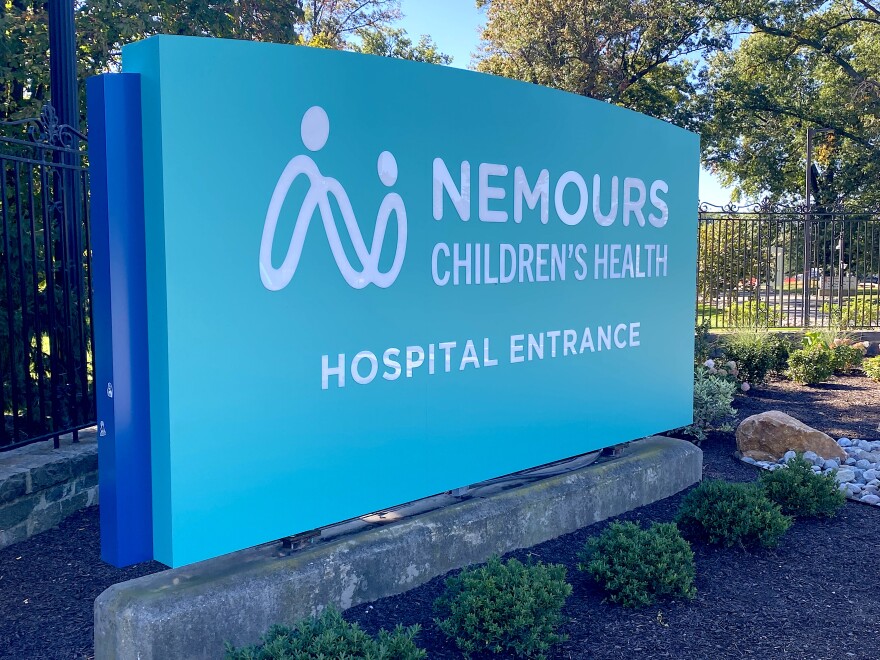A new study finds a significant need for more resources in a lesser-known area of childhood cancer treatment.
The study, conducted by researchers at Nemours Children’s Health, finds children’s oncology treatment facilities need more resources to provide support for patients and their families.
Anne E. Kazak, Enterprise Director of the Nemours Center for Healthcare Delivery Science, says the combination of social workers, child life specialists, psychologists and other specialists provide valuable psychosocial support.
“It's a broader kind of concept of both psychological aspects, like are people anxious? Are they depressed?," she says. "As well as social - as in what is their world like outside the hospital? What we talk about in terms of social determinants of health.”
The vast majority of the 129 programs Kazak’s team surveyed had some psychosocial staffing in place. But she says the larger problem is the types of staff. Over 90% of programs had social workers and child life specialists, but the numbers of psychologists and psychiatrists are more bleak. Kazak says the data show less than 70% of facilities had psychologists, with neuropsychologists in 39%; and psychiatrists in just 15%.
Neuropsychologists play a role in care because some treatments for cancer can cause neurological complications.
“There are a lot of treatments for childhood cancer that have the potential to be neurotoxic, in other words, to impact the brain in terms of performance in school, learning, etcetera," Kazak says. "Also psychiatry, which is often called in if there's questions about whether or not the use of medications might be helpful.”
The study, funded by the Andrew McDonough B+ Foundation, is a follow-up to one conducted several years ago after standards for psychosocial care were established in 2015. Since then, the numbers have generally not moved much, a result Kazak says is disappointing.
One bright spot is the availability of Spanish-speaking mental health staff in pediatric oncology programs increased from about 29% in 2016 to about 39% in 2023.



